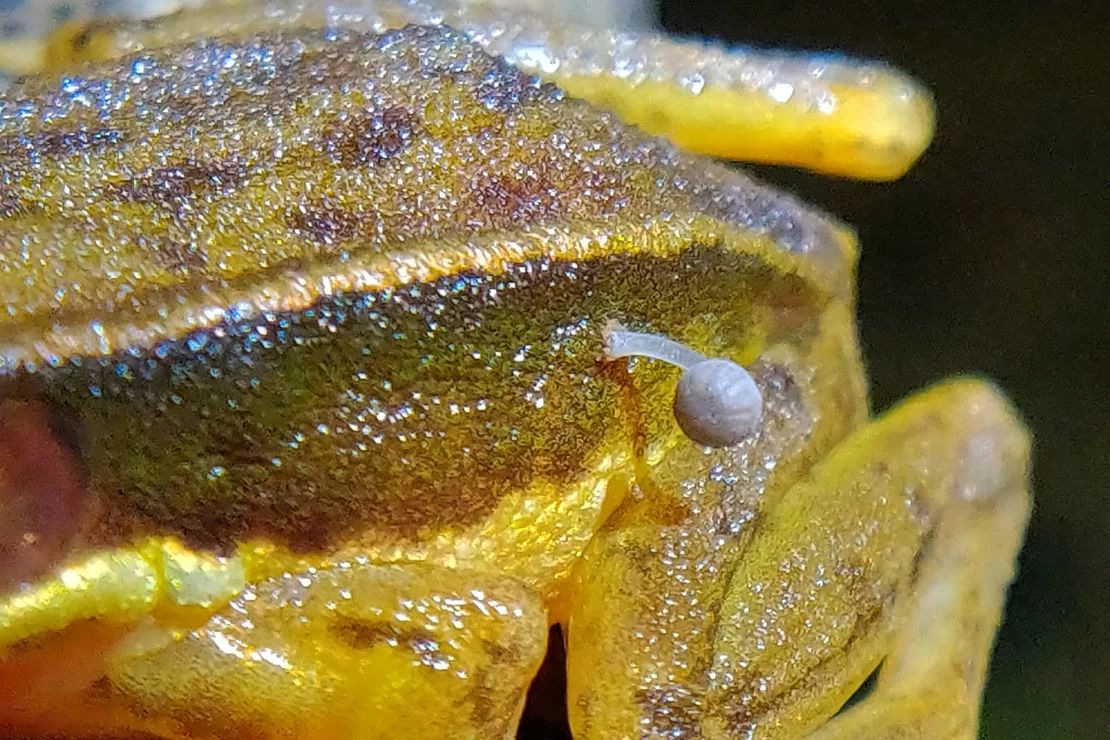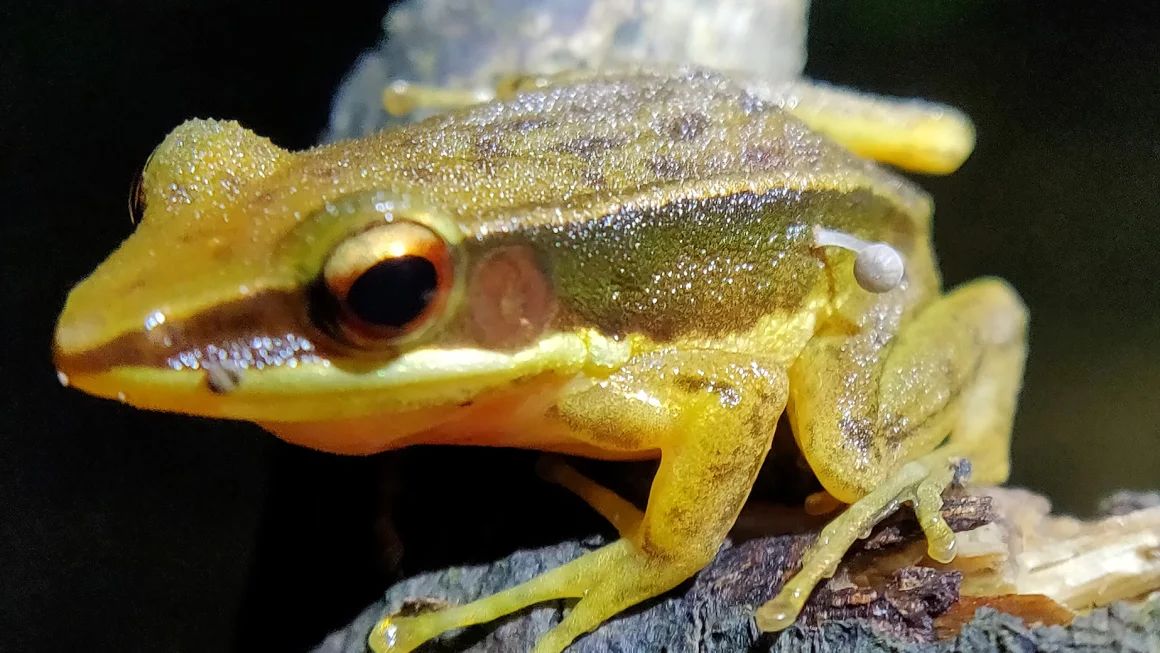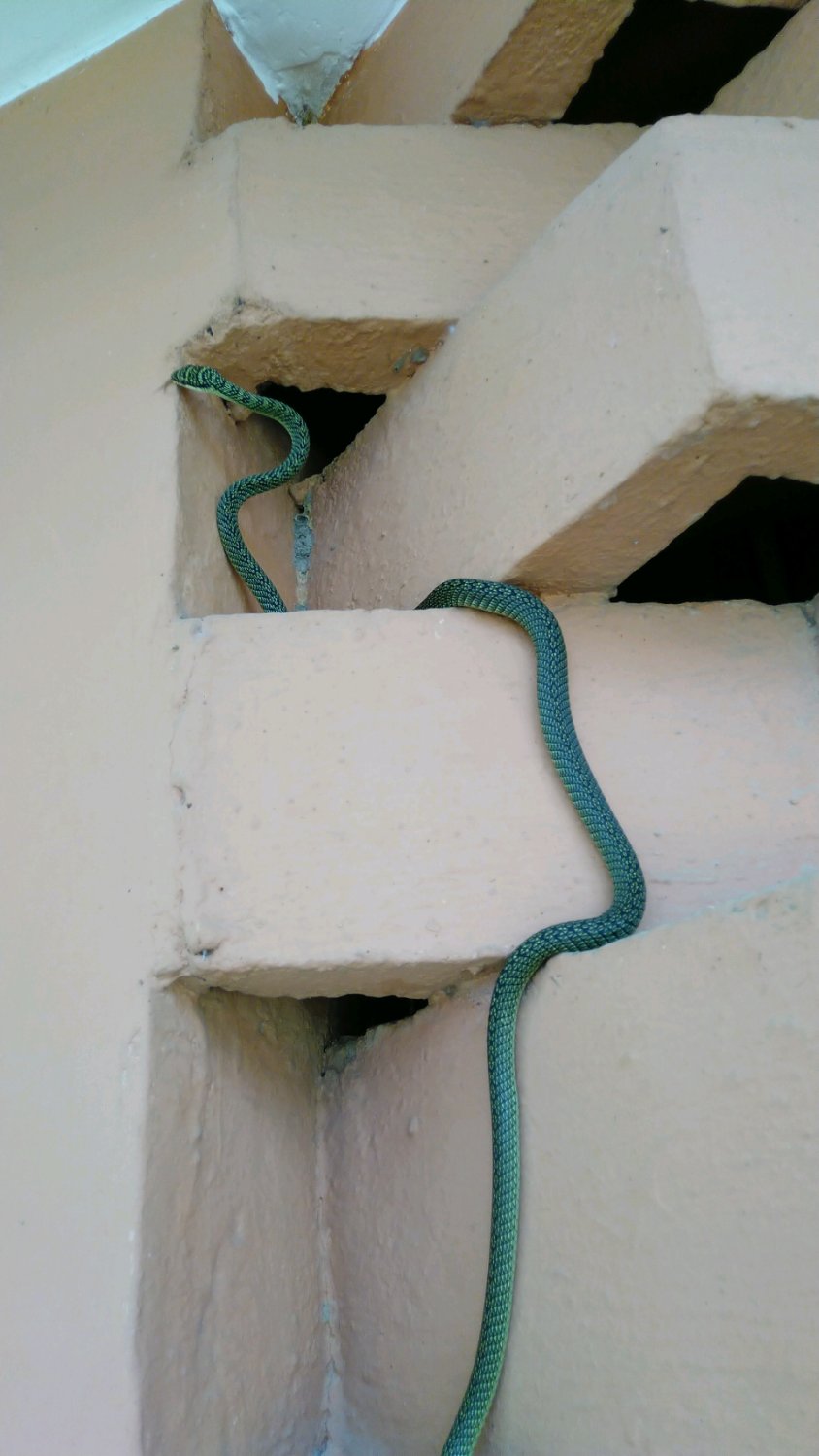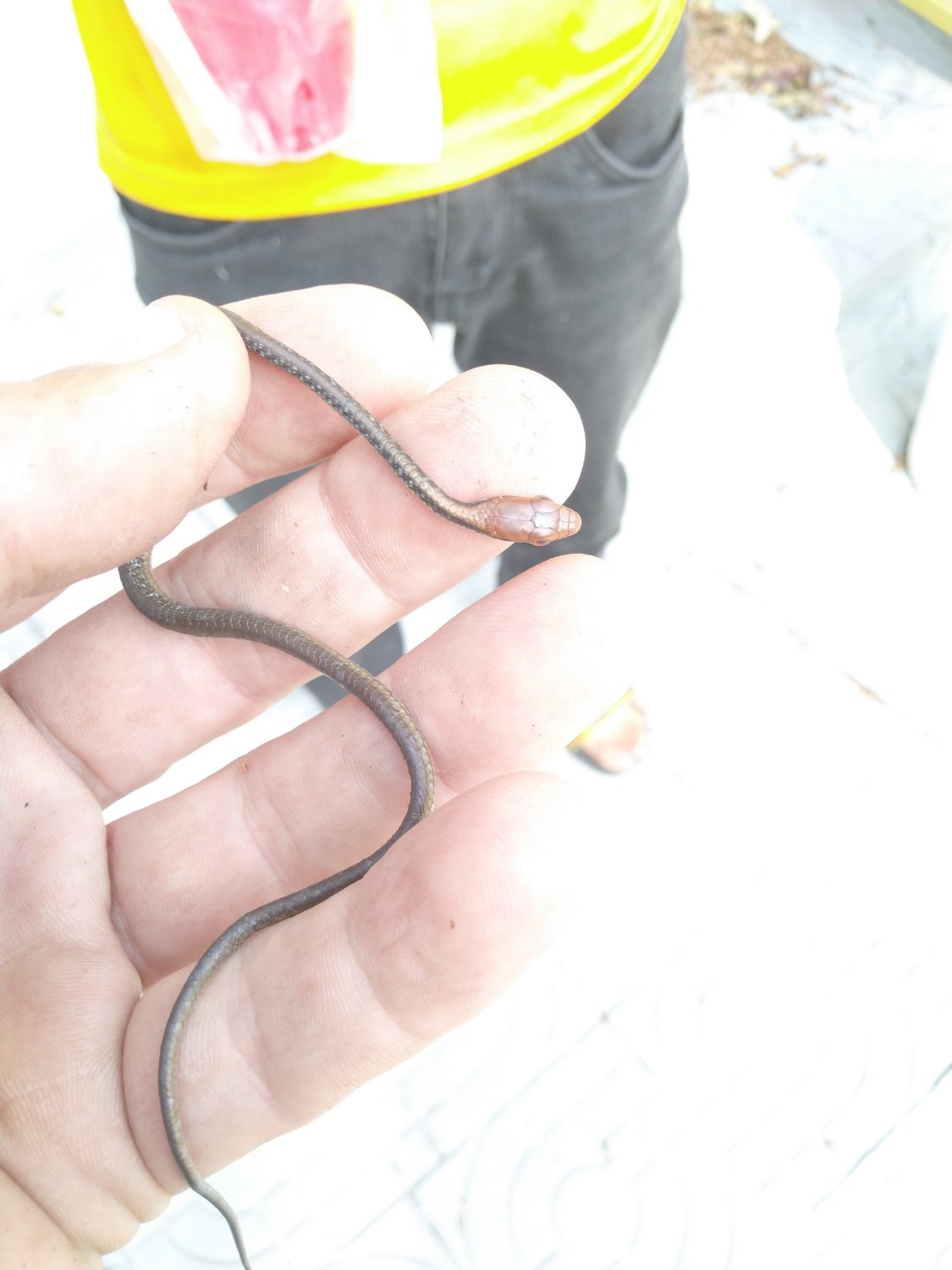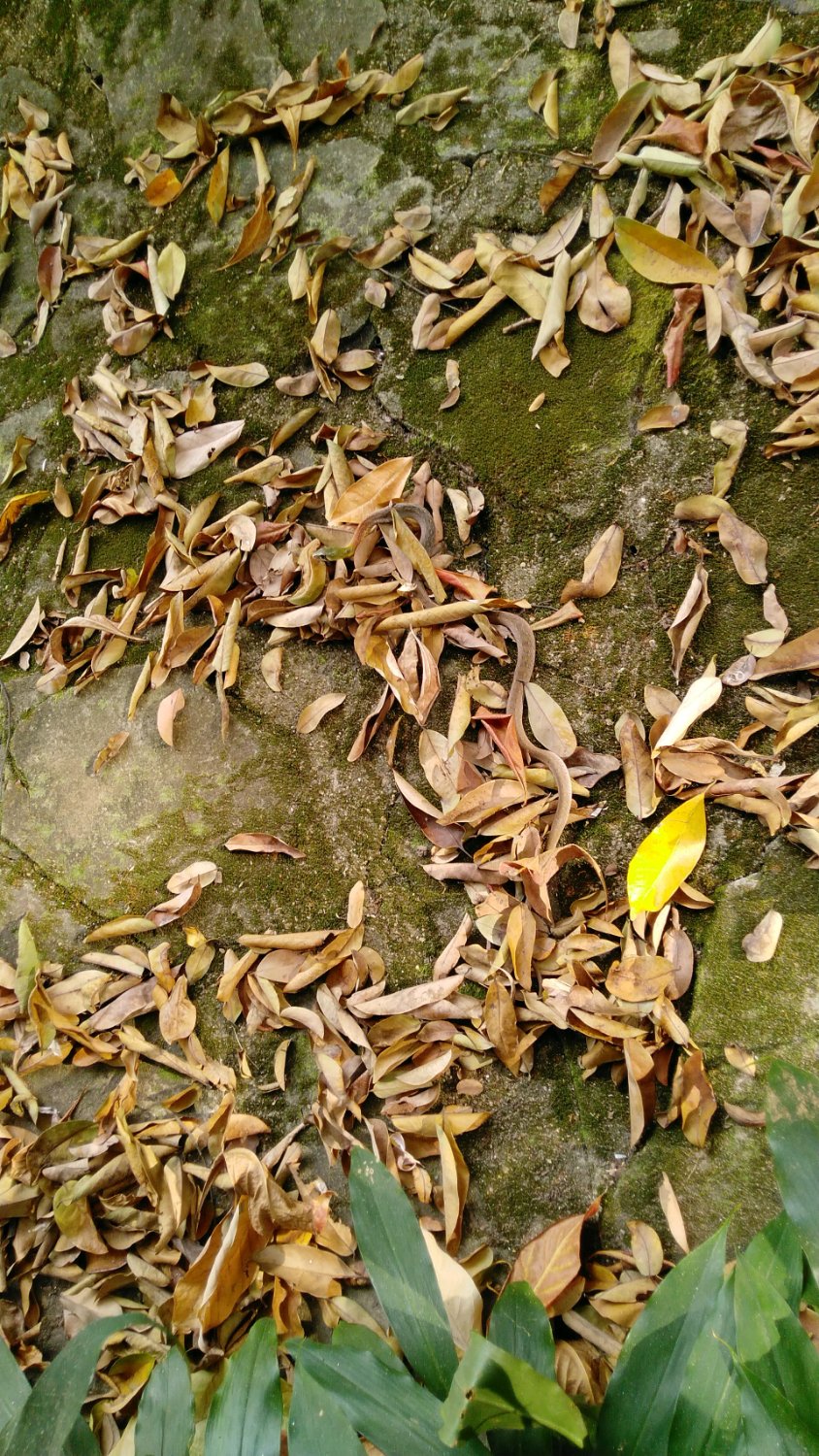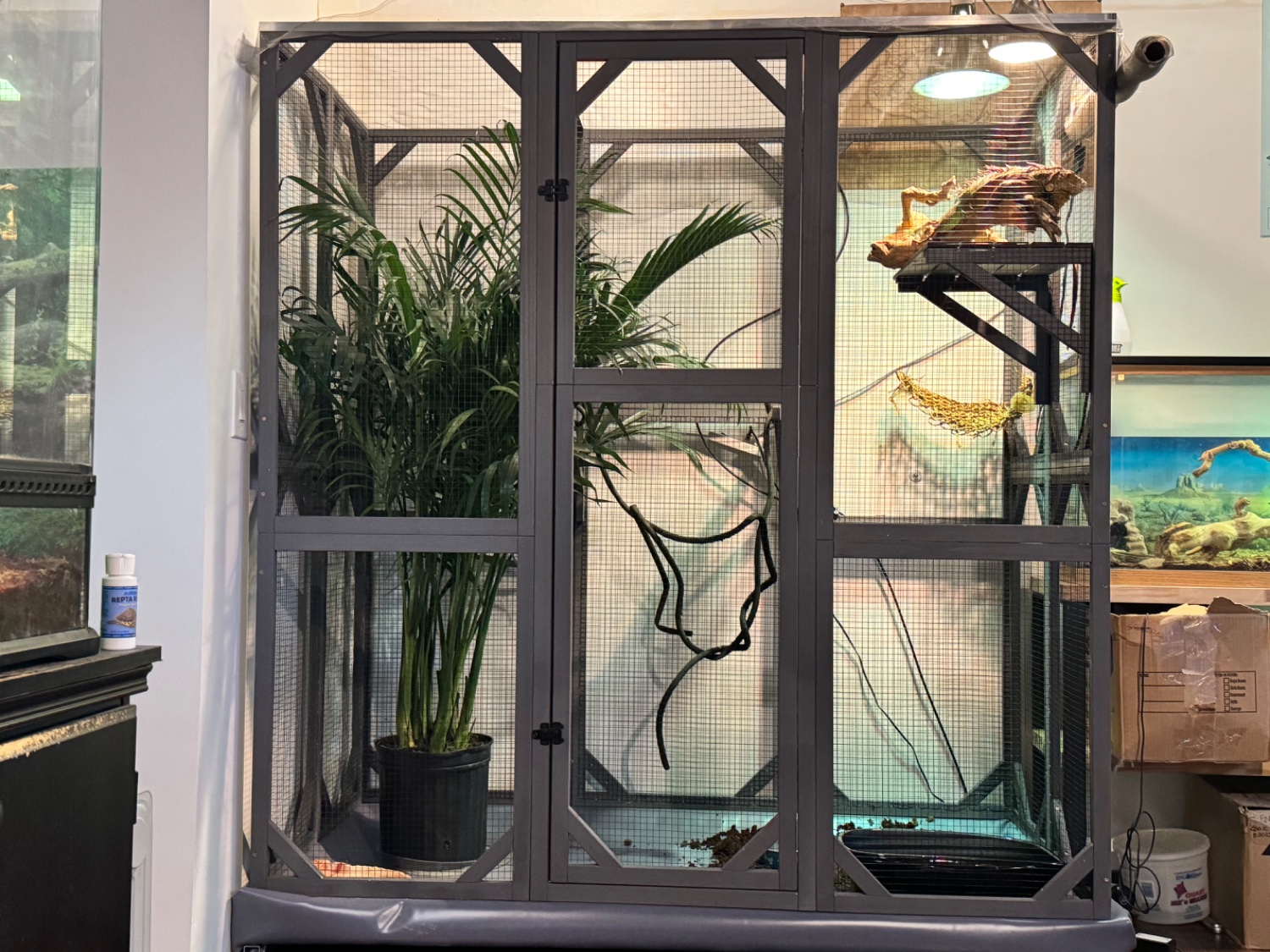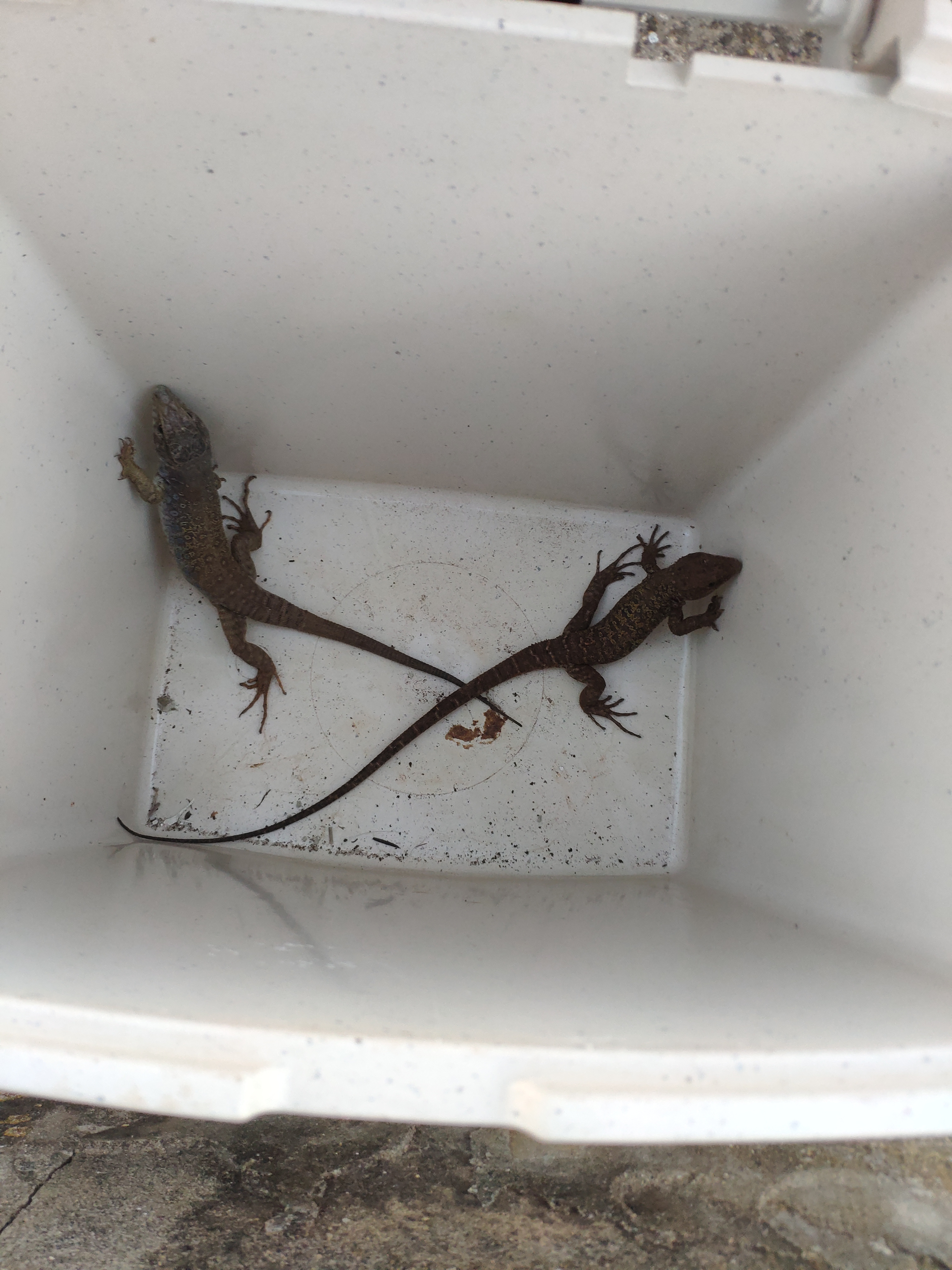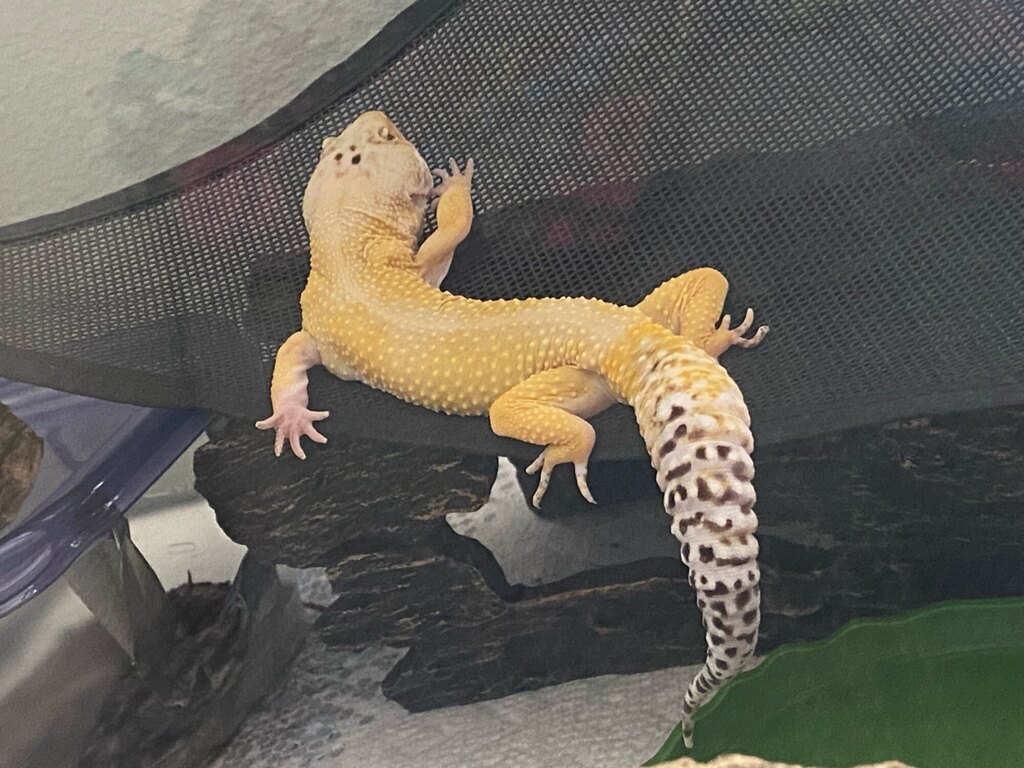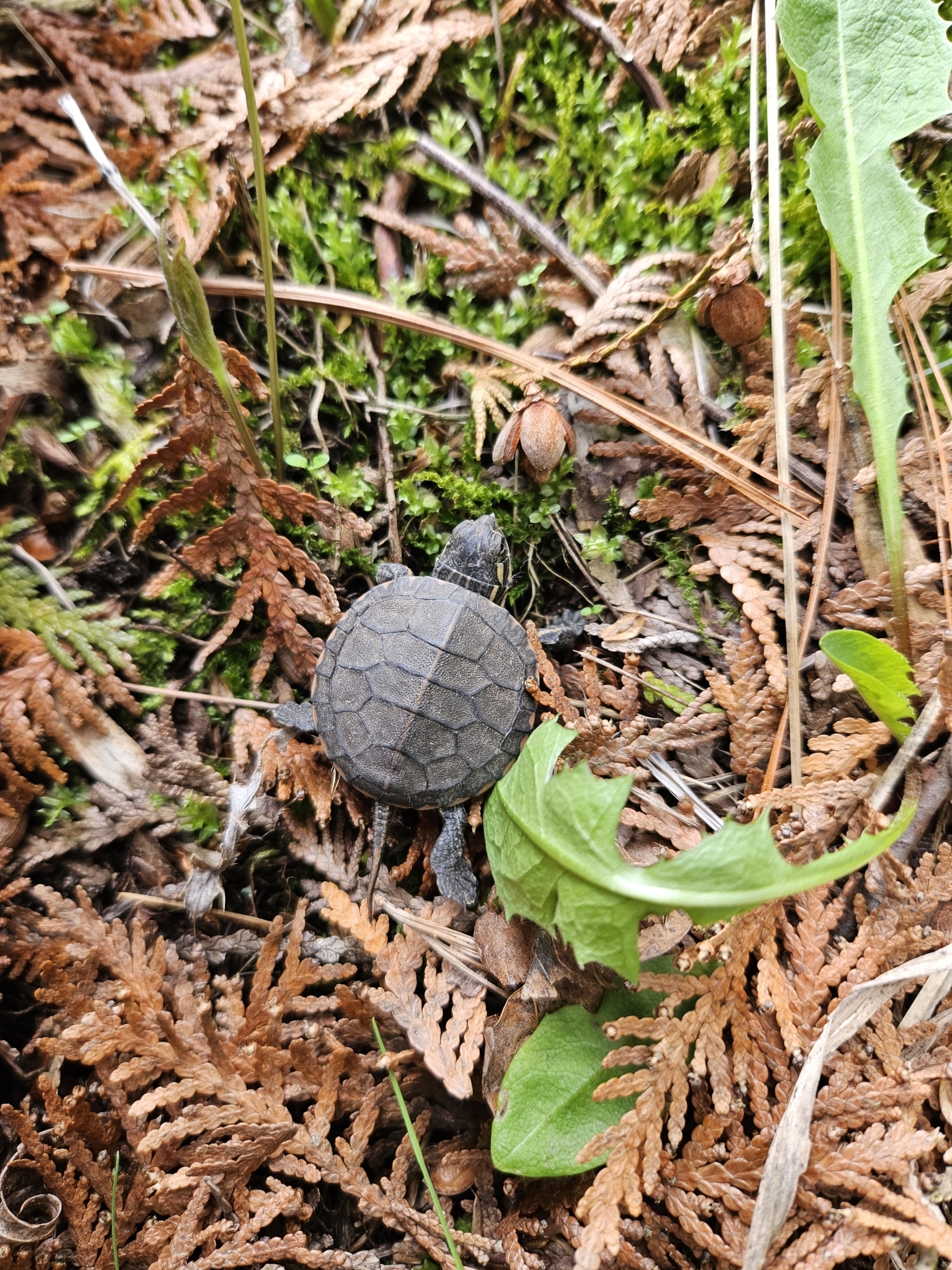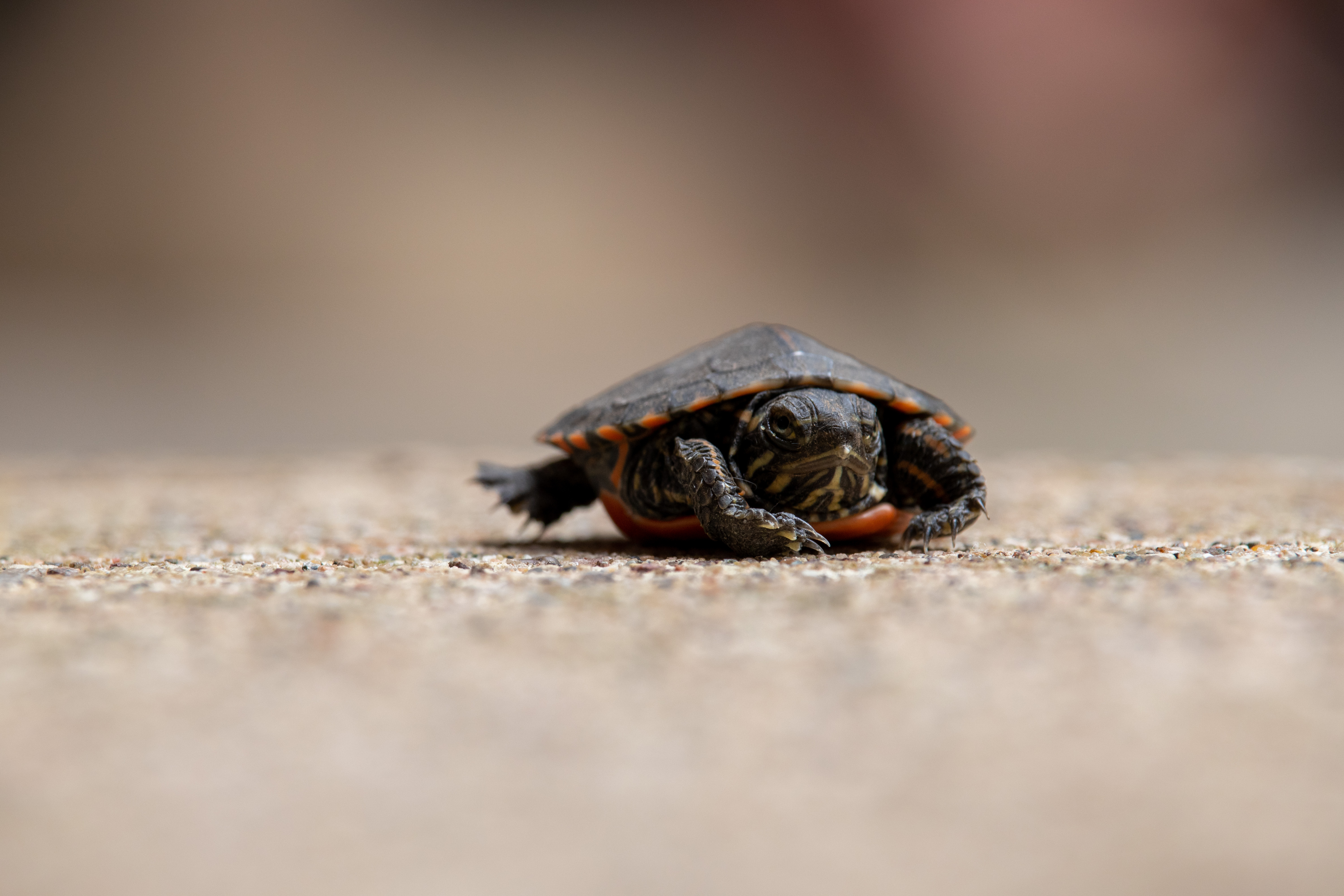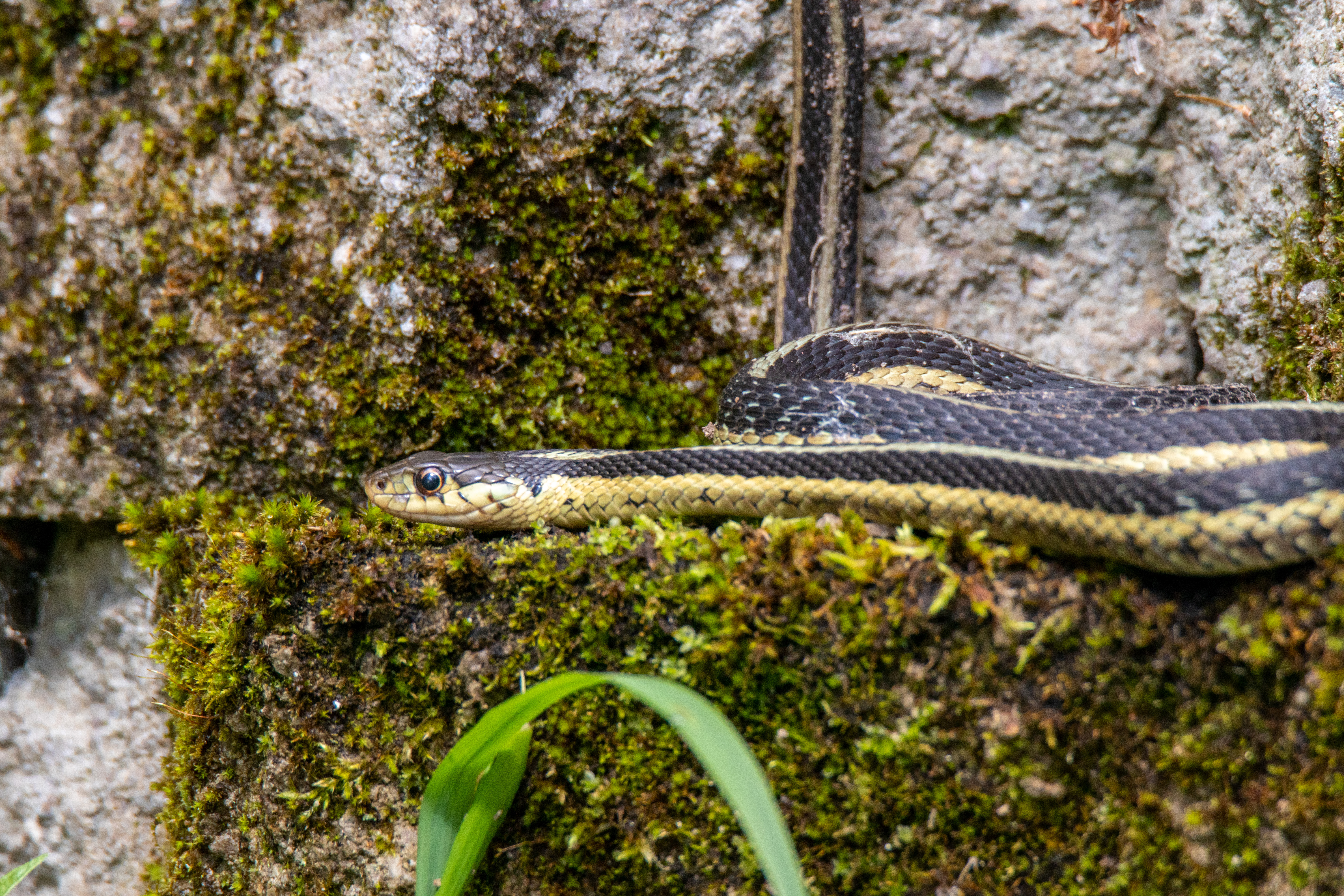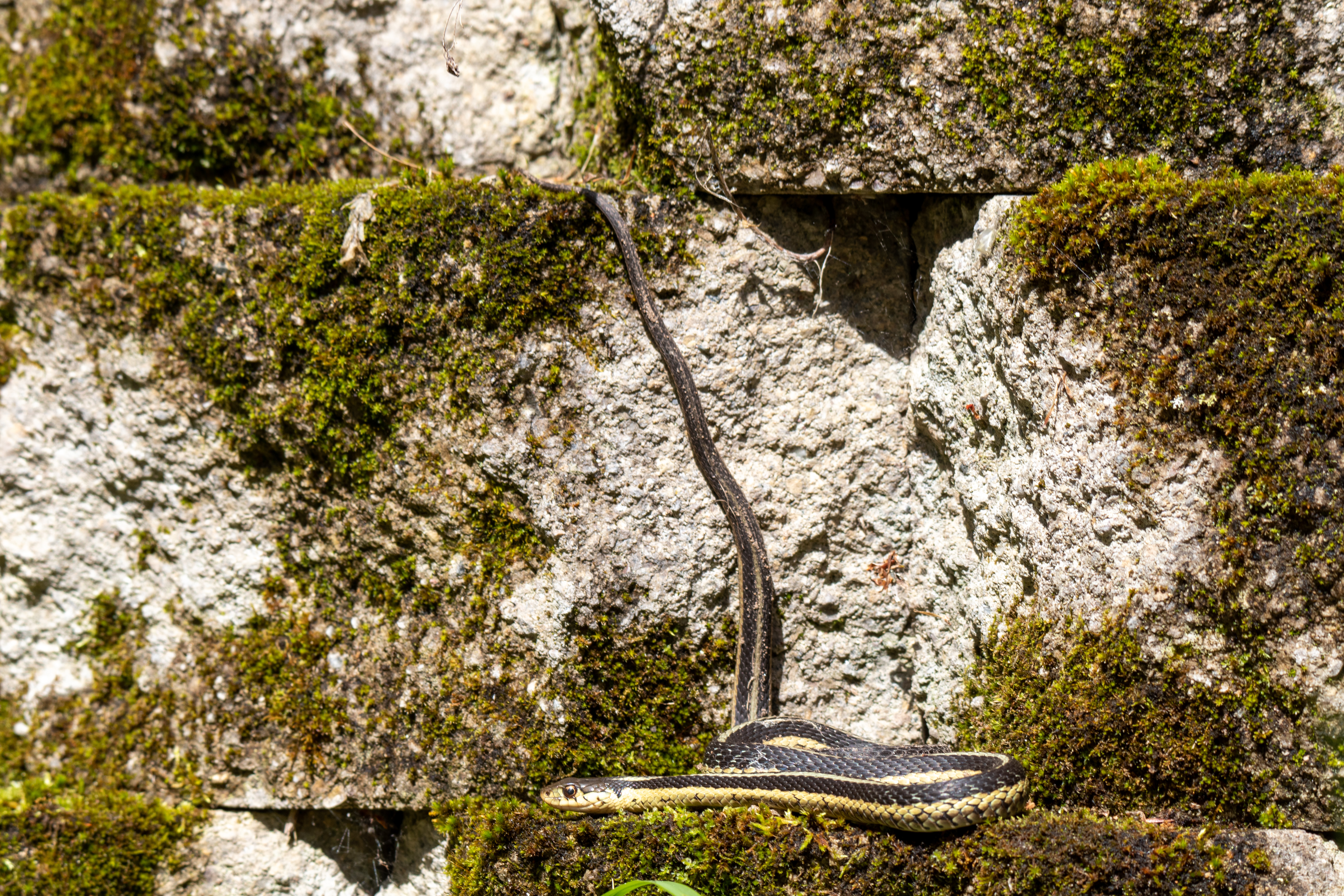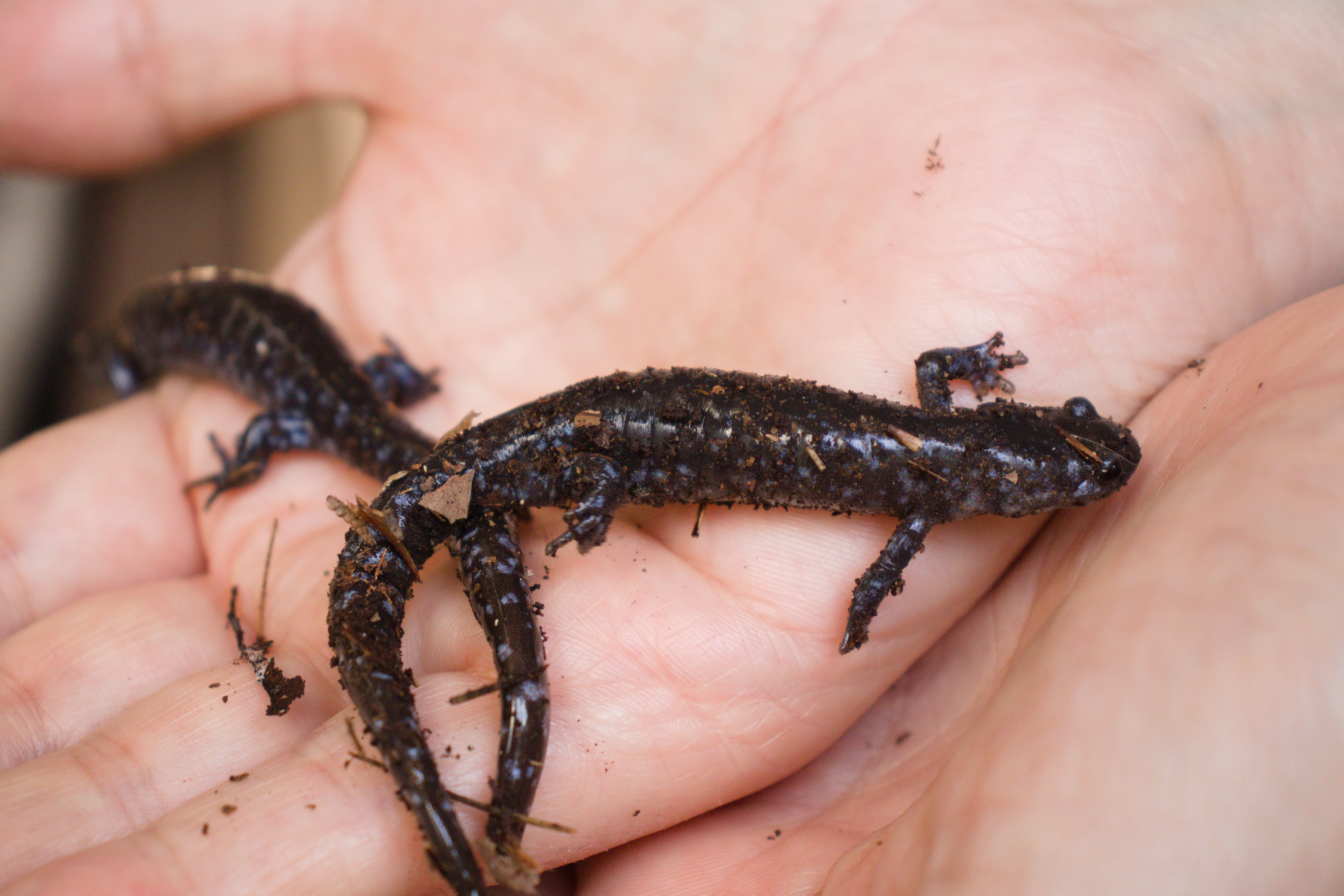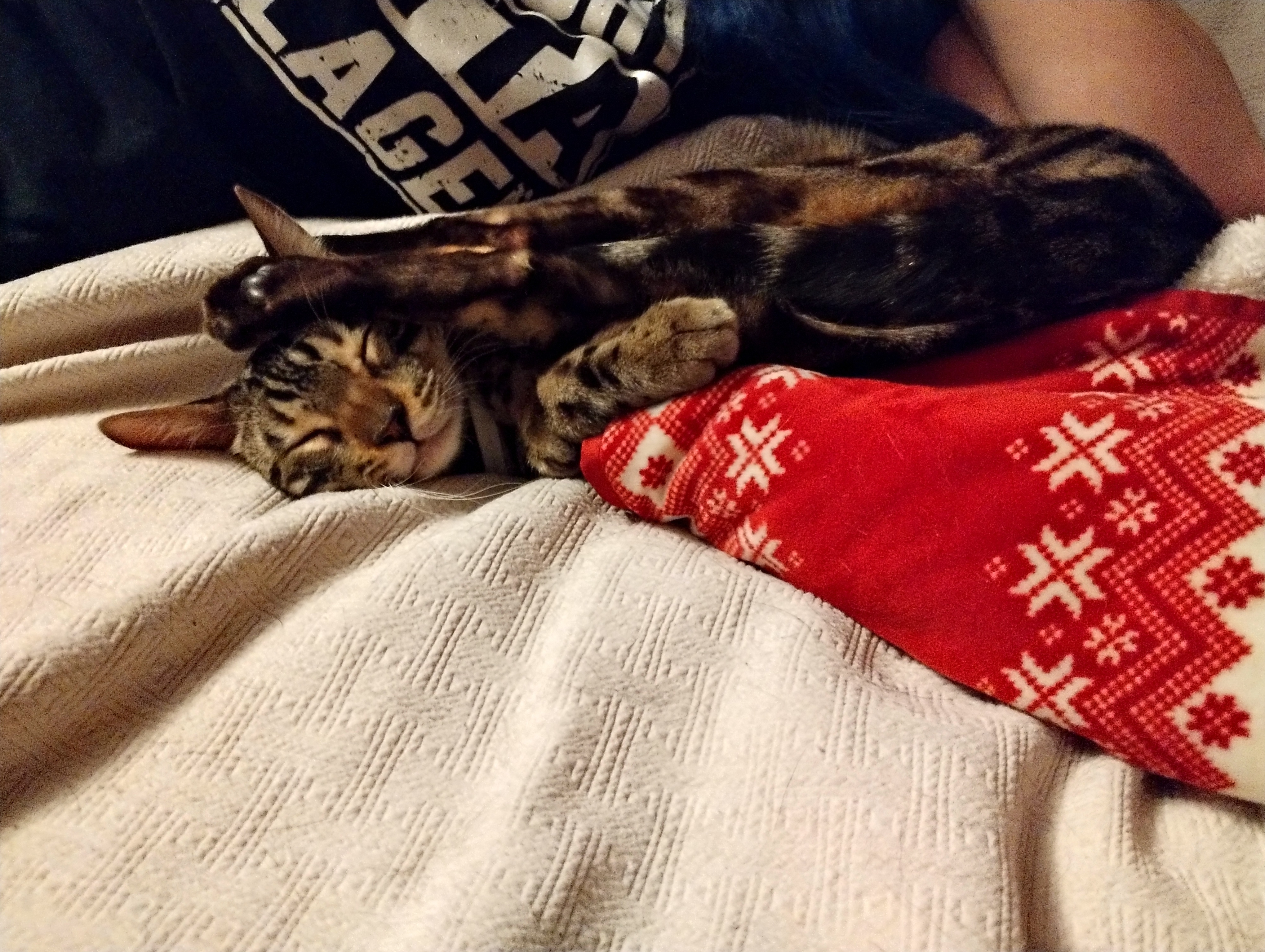We got our daughter (9yo) a blue tongue lizard for her birthday this week. We picked it up on Tuesday afternoon (it's now Saturday morning, here in Australia). The store says it's about 6 months old.
We also bought a really nice enclosure for it, with all the bits and pieces: 4' wood enclosure with glass sliding doors; twin 75W ceramic heat emitters; thermostat (located around the mid-zone); UVB light (on 12hrs per day, from 7:30am); good substrate, a basking log, a hide-out, and some fake grasses and leaves to hide under.
I'm not convinced the thermostat is particularly good, but I've kept a digital thermometer at the basking end, and the heat seems to consistently sit at around 30°-35°C (~86°-95°F) there, which at least tells me that zone is OK. I'm not sure the cool zone isn't too cool. I plan on buying another thermometer for that end.
The problem is, it's not eating much. It tends to find a hiding spot near the cool end, and bury itself under the substrate. We gave it some diced strawberries on Wednesday. I ended up putting it right near the food, and it eventually ate about a strawberry's worth.
The past couple of days we've tried some diced apple (freshly cut each day), but it hasn't gone near the food at all. Most of those two days, it stayed hidden and/or buried under the substrate. Per the store's instructions, we're taking the food away again around mid-afternoon - 3pm-ish.
Today, we put some beef pet food out and moved the lizard next to the food bowl. It had a tiny, little munch, but didn't really eat what you might consider a meal.
The store says it could take a week or so for it to settle into its new home, and I understand that. We're being disciplined and resisting the urge to take it out and hold it, to try and keep stress levels down.
But, I'm a touch concerned at all the staying hidden/buried, and lack of eating, as we've been told juveniles should be fed daily. My daughter's starting to get really worried, and I've tried explaining that cold-blooded animals metabolise way slower than warm-blooded, so it's not like he's starving or anything. At least, I don't think he is.
Should we be concerned at all? At which point should I start to seek professional assistance?
Just looking for some reassurance that anything we're doing/not doing isn't causing any problems. Thanks.
